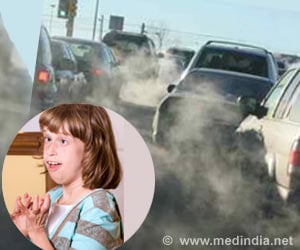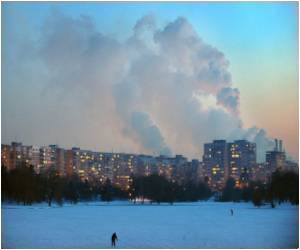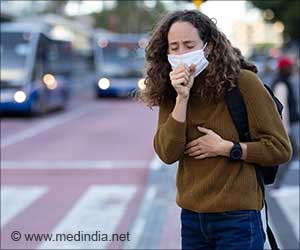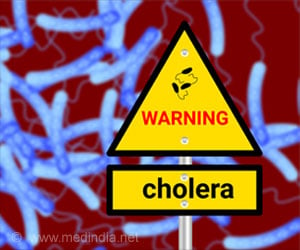
They found that both short and long-term PM2.5 exposure was significantly associated with higher death rates, even when restricted to zip codes and times with annual exposures below Environmental Protection Agency standards.
“Particulate air pollution is like lead pollution, there is no evidence of a safe threshold even at levels far below current standards, including in the rural areas we investigated,” said Senior author Joel Schwartz, Professor of environmental epidemiology. “We need to focus on strategies that lower exposure everywhere and all the time, and not just in locations or on days with high particulate levels,” said Schwartz.
The study, conducted by scientists with the Harvard T.H. Chan School of Public Health, is the first to examine the effect of soot particles in the air in the entire population of a region, including rural areas.
“This study shows that we need to go after coal plants that still aren’t using scrubbers to clean their emissions, as well as other sources of particles like traffic and wood smoke.”
The broad regional scope of the study enabled the scientists to evaluate the effects of fine particulate pollution far from monitoring stations, and to look at the effects of short-term exposures and annual average exposures simultaneously.
Advertisement











